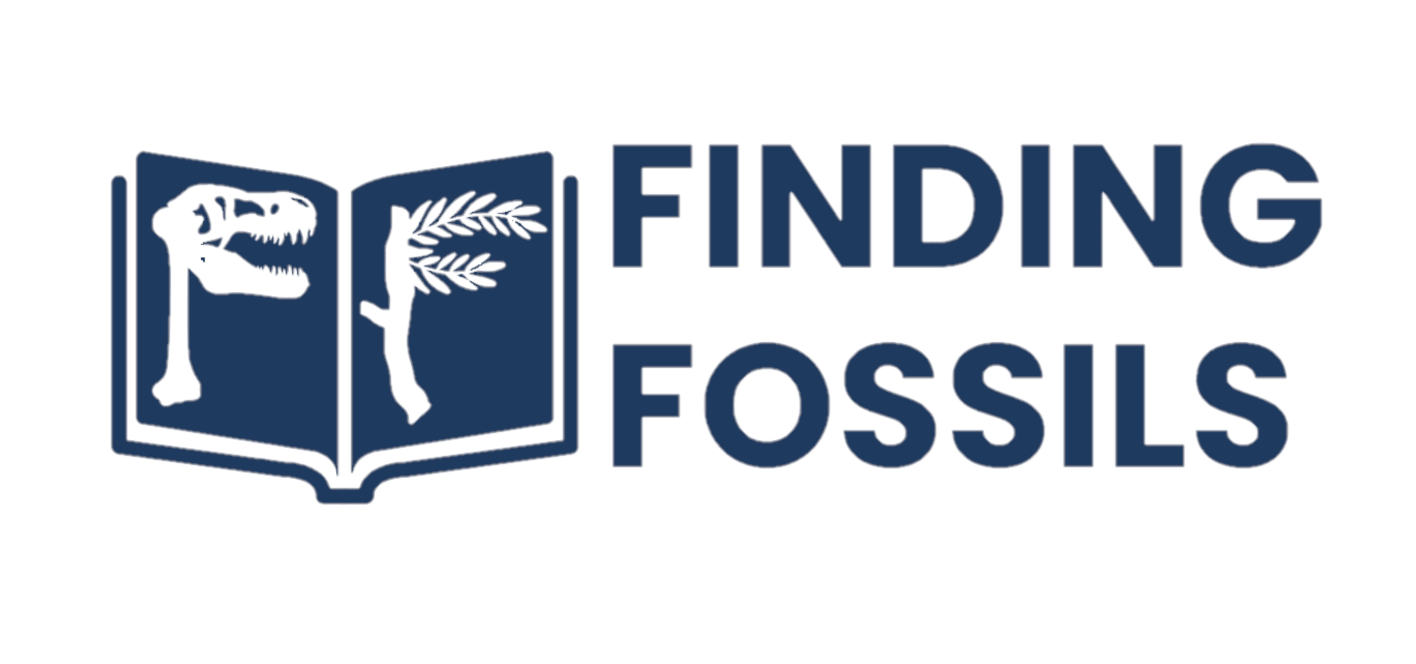tags:
- Beta
license: mit
thumbnail: >-
https://huggingface.co/finding-fossils/metaextractor/resolve/main/ffossils-logo-text.png
widget:
- text: The core sample was aged at 12300 - 13500 BP and found at 210m a.s.l.
example_title: Age/Alti
- text: >-
In Northern Canada, the BGC site core was primarily made up of Pinus
pollen.
example_title: Taxa/Site/Region
metrics:
- precision
- recall

MetaExtractor
This model extracts metadata from research articles related to Paleoecology.
The entities detected by this model are:
- AGE: when historical ages are mentioned such as 1234 AD or 4567 BP (before present)
- TAXA: plant or animal taxa names indicating what samples contained
- GEOG: geographic coordinates indicating where samples were excavated from, e.g. 12'34"N 34'23"W
- SITE: site names for where samples were excavated from
- REGION: more general regions to provide context for where sites are located
- EMAIL: researcher emails in the articles able to be used for follow-up contact
- ALTI: altitudes of sites from where samples were excavated, e.g. 123 m a.s.l (above sea level)
Model Details
Model Description
- Developed by: Ty Andrews, Jenit Jain, Shaun Hutchinson, Kelly Wu, and Simon Goring
- Shared by: Neotoma Paleocology Database
- Model type: Token Classification
- Language(s) (NLP): English
- License: MIT
- Finetuned from model: roberta-base
Model Sources [optional]
- Repository: https://github.com/NeotomaDB/MetaExtractor
- Paper: TBD
- Demo: TBD
Uses
This model can be used to extract entities from any text that are Paeleoecology related or tangential. Potential uses include identifying unique SITE names in research papers in other domains.
Direct Use
This model is deployed on the xDD (formerly GeoDeepDive) servers where it is getting fed new research articles relevant to Neotoma and returning the extracted data.
This approach could be adapted to other domains by using the training and development code found github.com/NeotomaDB/MetaExtractor to run similar data extraction for other research domains.
Bias, Risks, and Limitations
[More Information Needed]
Recommendations
Users (both direct and downstream) should be made aware of the risks, biases and limitations of the model. More information needed for further recommendations.
How to Get Started with the Model
Use the code below to get started with the model.
from transformers import AutoTokenizer, AutoModelForTokenClassification
from transformers import pipeline
tokenizer = AutoTokenizer.from_pretrained("finding-fossils/metaextractor")
model = AutoModelForTokenClassification.from_pretrained("finding-fossils/metaextractor")
ner_pipe = pipeline('ner', model=model, tokenizer=tokenizer, aggregation_strategy="simple")
ner_pipe("In Northern Canada, the BGC site core was primarily made up of Pinus pollen.")
# Output
[
{
"entity_group": "REGION",
"score": 0.8088379502296448,
"word": " Northern Canada,",
"start": 3,
"end": 19
},
{
"entity_group": "SITE",
"score": 0.8307041525840759,
"word": " BGC",
"start": 24,
"end": 27
},
{
"entity_group": "TAXA",
"score": 0.9806344509124756,
"word": " Pinus",
"start": 63,
"end": 68
}
]
Training Details
Training Data
The model was trained using a set of 39 research articles deemed relevant to the Neotoma Database. All articles were written in English. The entities were labeled by the project team along with using pre-labelling with early models to speed up the labelling process.
A 70/15/15 train/val/test split was used which had the following breakdown of words and entities.
| Train | Validation | Test | |
|---|---|---|---|
| Articles | 28 | 6 | 6 |
| Words | 220857 | 37809 | 36098 |
| TAXA Entities | 3352 | 650 | 570 |
| SITE Entities | 1228 | 177 | 219 |
| REGION Entities | 2314 | 318 | 258 |
| GEOG Entities | 188 | 37 | 8 |
| AGE Entities | 919 | 206 | 153 |
| ALTI Entities | 99 | 24 | 14 |
| Email Entities | 14 | 4 | 11 |
Training Procedure
Preprocessing [optional]
[More Information Needed]
Training Hyperparameters
- Training regime: [More Information Needed]
Speeds, Sizes, Times [optional]
[More Information Needed]
Evaluation
Testing Data, Factors & Metrics
Testing Data
[More Information Needed]
Factors
[More Information Needed]
Metrics
[More Information Needed]
Results
[More Information Needed]
Summary
Model Examination [optional]
[More Information Needed]
Environmental Impact
Carbon emissions can be estimated using the Machine Learning Impact calculator presented in Lacoste et al. (2019).
- Hardware Type: [More Information Needed]
- Hours used: [More Information Needed]
- Cloud Provider: [More Information Needed]
- Compute Region: [More Information Needed]
- Carbon Emitted: [More Information Needed]
Technical Specifications [optional]
Model Architecture and Objective
[More Information Needed]
Compute Infrastructure
[More Information Needed]
Hardware
[More Information Needed]
Software
[More Information Needed]
Citation [optional]
BibTeX:
[More Information Needed]
APA:
[More Information Needed]
Glossary [optional]
[More Information Needed]
More Information [optional]
[More Information Needed]
Model Card Authors [optional]
[More Information Needed]
Model Card Contact
[More Information Needed]